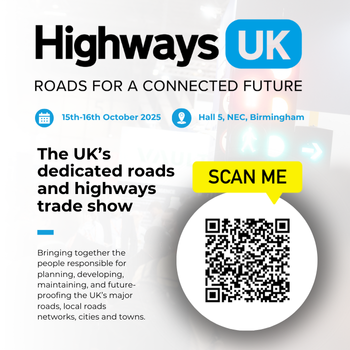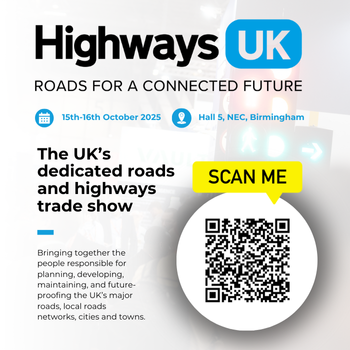Ever since the death of 14 year old Lillian Groves last year, who was knocked down and killed by a speeding driver who had taken cannabis, large anti-drug driving campaigns have been launched across the United Kingdom. However, changes are needed to the legislation underpinning drug-driving offences, which will make it easier for police officers to detect drivers and charge them. The current law states that:
1. A person who, when driving or attempting to drive a motor vehicle on a road or other public place, is unfit to drive through drink or drugs is guilty of an offence
2. A person shall be taken to be unfit to drive if his ability to drive properly is for the time being impaired .
Although the offence is very clear, this question of impairment means it can be difficult for police to enforce. Currently the best available method of detecting drug use at the roadside is the Field Impairment Test (FIT), which relies on specially trained traffic officers observing an individual’s performance in physical and mental skills tests and other elements such as pupil dilation.
Yet FIT tests are not currently used consistently as a matter of course by all UK police forces. The statistics highlight a huge difference between the numbers of tests conducted for drug driving compared to those for drink driving. They also show that a proportionately higher number of drivers tested positive for drugs than for alcohol.
According to the national Association of Chief Police Officers, figures from the 2011 summer drink and drug driving campaign show that:
Elsewhere in the world
Roadside testing is carried out in many other countries including Australia, Italy, Germany, Croatia, Belgium, France and Spain. The difference between the UK and these countries is the legislation. Rather than focusing on impairment, the offence is driving with certain drugs in the system.
Since the introduction of a testing regime in 2004, a clear trend has been seen in the State of Victoria, Australia, with incidences of drivers detected with illicit drugs in their system halved over a five-year period, from one driver in 44 to one driver in 94. This means that fewer drivers are driving while taking drugs, indicating that a regime such as the one adopted by Australia is effective in reducing drug driving and contributing to safer roads. This significant impact has been due to the combination of an effective, highly visible roadside enforcement process in combination with driver awareness media campaigns.
Australia’s State of Victoria Police Inspector Martin Boorman, said in a statement to Concateno last year: “In Australia, the use of roadside drug testing technology has proved extremely successful and has certainly helped to make our roads safer. Roadside drug testing, much like the roadside alcohol screening test, acts as a deterrent, but also provides the police with a quick and effective means to help catch those people who drive while using illegal substances. This technology, used in conjunction with a widespread educational campaign, has and continues to be extremely successful,” Inspector Boorman continued.
Concateno’s involvement
Concateno is heavily involved in anti-drug driving campaigns, fully supporting the family of Lillian Groves as well as producing handheld drug devices which are used at the roadside in various countries including Australia, Croatia, Italy and Spain.
At present there is already equipment available to British police which can be used at the roadside, however this law has not been enforced by the government. Instead, police are required to use a Field Impairment Test, rather than technology because it is not known what quantity of drugs cause impairment – unlike alcohol.
With drug driving increasingly becoming a problem, Concateno believes it is time to update the law, making it easier for police to test for drug drivers. By using roadside drug devices such as the DDS2, will make it easier for police to test offenders easier and quicker. Currently the DDS, which is the precursor to the DDS2, is used in police custody suites as part of the Drug Intervention Programme (DIP), which tests individuals arrested for trigger offences, such as burglary, for opiate and cocaine use. This handheld drug testing device is currently used in 174 police custody suites in England and Wales as part of the DIP to carry out 240,000 tests annually.
What next?
As an interim stage, the Home Office are looking at introducing drug testing into police stations to test for drivers that have been shown to be impaired. In a recent interview David Cameron admitted that this deadline will not be met. Just last week, the Prime Minster met with Lillian’s family to discuss roadside drug testing, and confirmed that ministers were looking at implementing a new offence of driving under the influence of drugs, to enable the introduction of roadside drug testing. Cameron said to Lillian’s family that roadside drug testing devices are -incredibly simple and should be in every police car.” What happens next, remains to be seen.







Recent Comments